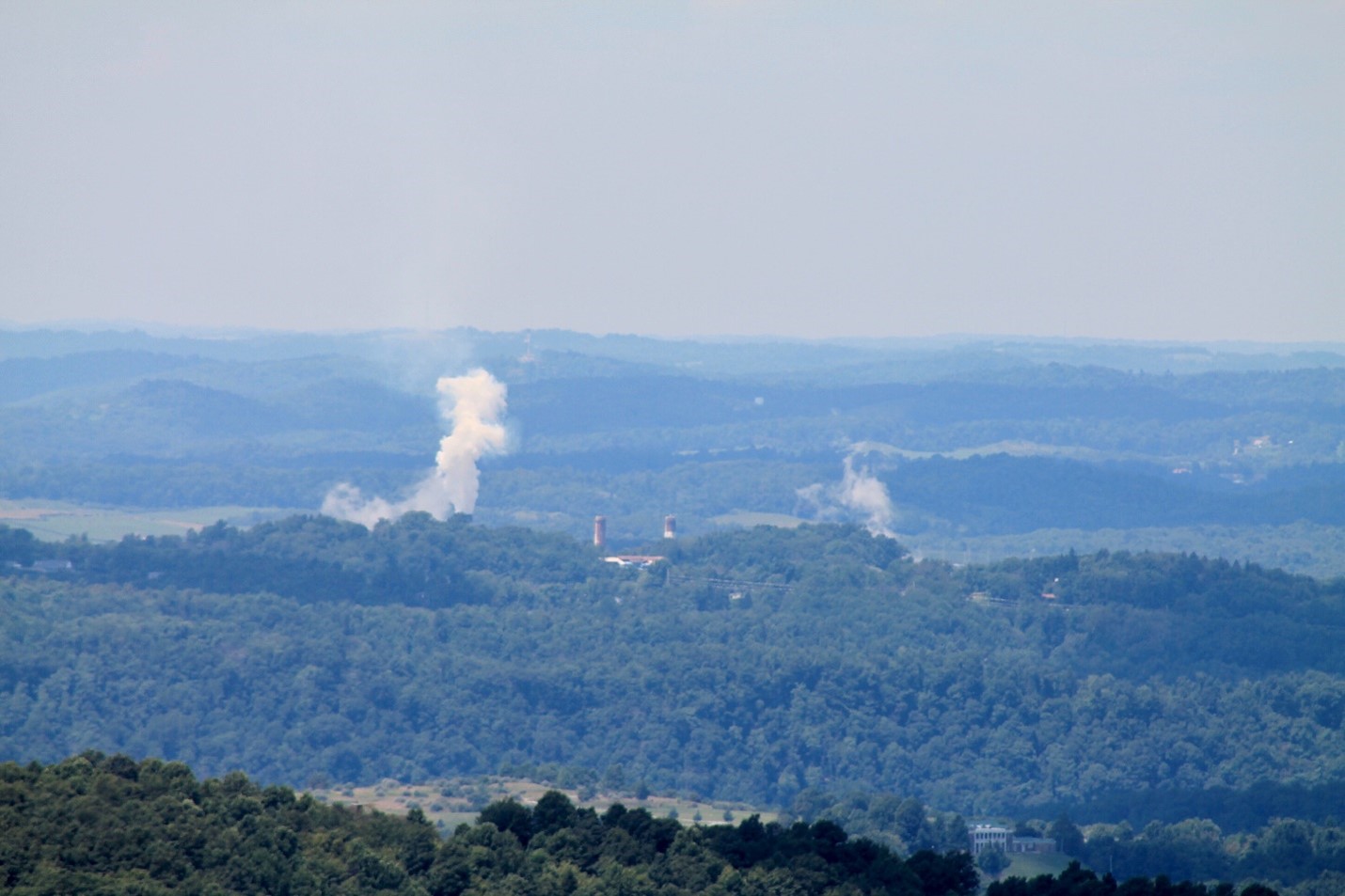Particle acidity drives kinetics and oligomer formation in aqueous secondary organic aerosols
Submitter
Shrivastava, Manishkumar — Pacific Northwest National Laboratory
Area of research
Aerosol Processes
Journal Reference
Science
Formation of isoprene epoxydiol secondary organic aerosols (IEPOX-SOA) represents a key pathway where anthropogenic and natural biogenic emissions interact through multiphase chemistry in the atmosphere. Despite over a decade of research in IEPOX-SOA formation, the reaction kinetics of IEPOX within aerosols remain uncertain. Previous measurements were conducted in bulk aqueous solutions that likely have very different kinetics than aerosols. Researchers showed that the actual kinetics of IEPOX-SOA formation are a factor of 4–5 times slower within aerosols under 50–60 percent relative humidity (RH) than in previous models. Researchers also developed a quantitative understanding of oligomerization, molecules forming chemical bonds in the particle phase, by analyzing unique measurements of single-particle evaporation kinetics and IEPOX-SOA composition through process-based modeling approaches.
Impact
Organic chemistry in aqueous aerosols and clouds is one of the least understood aspects of the climate system. This work shows that the actual kinetics of IEPOX-SOA formation are 4–5 times slower in aerosols compared to previous measurements in bulk solutions. Researchers show that particle acidity, or the pH of the particle surface, drives the reaction kinetics and formation of oligomers in the particle phase. The results imply that IEPOX-SOA formation due to aqueous chemistry has likely been overpredicted in previous regional and global models. The quantification of RH- and acidity-dependent reaction kinetics and oligomerization rates could reduce the persistent large uncertainties in predicting atmospheric IEPOX-SOA. This work represents a big step forward toward generating the right answers for the right reasons and model–measurement integration for process discovery.
Summary
Researchers used concurrent measurements of particle size distribution, composition, and volatility of IEPOX-SOA within an environmental chamber at the Environmental Molecular Sciences Laboratory (EMSL), a U.S. Department of Energy user facility at Pacific Northwest National Laboratory. They constrained the highly uncertain parameters governing IEPOX-SOA formation at elevated, atmospherically relevant, RH conditions (50–60 percent RH) as part of an integrated model–measurement analysis. They showed that the actual kinetics of IEPOX-SOA formation on both acidified and non-acidified ammonium sulfate seeds are a factor of 4–5 slower than those used in previous models, which were based on bulk aqueous solution measurements. They also developed a quantitative understanding of how particle acidity drives oligomer formation within IEPOX-SOA by combining single-particle volatility measurements and composition data related to organosulfate content of IEPOX-SOA. Acidified seeds of ammonium bisulfate promote oligomerization of 2-methyltetrols (components of IEPOX-SOA) 6 times faster than non-acidified ammonium sulfate seeds, although still slower than previous models. The process-level understanding gained from this study will be incorporated in Earth system models to help improve their ability to predict multiphase chemistry of SOA formation in aerosols and clouds.
The experiments used to evaluate the model simulations were conducted at EMSL. Pacific Northwest National Laboratory Computing and EMSL computational resources were used for the simulations.


